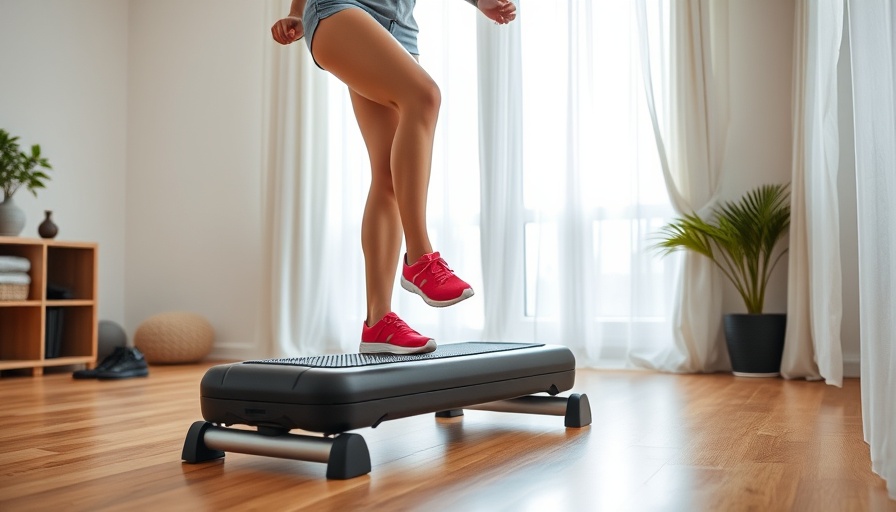
The Rise of Barefoot Training: Why It Matters
In recent years, barefoot training has garnered significant attention, particularly for its potential to enhance balance and strengthen core muscles. But why is this form of training gaining momentum, especially among members of the Seventh-day Adventist (SDA) faith community who often prioritize holistic health? The simple answer lies in the quest for better physical well-being and a deeper connection to God’s creation through our physical bodies.
In 'Benefits of Barefoot Training for Balance Work', the discussion dives into the significance of strengthening our physical bodies to enhance balance, particularly within the SDA community, exploring key insights that sparked deeper analysis on our end.
Improving Balance Through Natural Motion
One of the primary advantages of barefoot training is its ability to improve balance. When we train without shoes, our feet are better able to respond to the ground, improving proprioception—the body’s ability to sense its position in space. This can be particularly beneficial for older adults, a demographic in the SDA community that values a healthy lifestyle and longevity. Simple exercises like standing on one leg or practicing yoga can become more effective when done barefoot.
Core Strengthening: A Foundation for Fitness
Working out barefoot engages the muscles of the feet and strengthens the core, leading to better posture and overall stability. In a world where many of us spend the majority of our days seated, it’s crucial to prioritize movements that support our body’s natural alignment. For SDA members, who often emphasize community and shared well-being, promoting core strength can lead to healthier congregations.
Connecting Spirituality and Physical Health
There’s a unique aspect to barefoot training that aligns beautifully with the SDA philosophy of health. The connection between a healthy body and a healthy spirit is well documented in various Biblical teachings. For example, 1 Corinthians 6:19-20 reminds us that our bodies are temples of the Holy Spirit, and treating them with care is a form of worship. By embracing barefoot training, individuals can find joy in movement, recognizing it as a means of caring for the body God has given us.
Overcoming Barriers: Addressing Skepticism
While the benefits of barefoot training are compelling, some may still harbor doubts. Concerns about foot injuries or the practicality of training without shoes can deter individuals from giving it a try. However, starting slowly with gradual exposure to barefoot workouts can mitigate these risks. It is important for the SDA community to communicate these insights effectively to ensure everyone feels encouraged to explore this innovative approach to fitness.
A Practical Approach to Incorporating Barefoot Training into Daily Life
Those interested in experiencing the benefits of barefoot training can easily incorporate it into their daily routines. Consider setting aside a few minutes during a home workout or while attending a local gym. Encourage walking barefoot on safe surfaces—like grass or sand—to naturally enhance foot strength. The SDA faith community thrives on engagement and support; establishing group workouts can further enhance motivation and enhance social connections.
Shifts in Community Culture: Embracing Meaningful Fitness
As discussions around health and wellness grow within the SDA community, embracing barefoot training can arise as a cultural shift. Investing time in physical fitness not only enhances individual well-being but also strengthens communal bonds. As more God-fearing individuals participate, there is an opportunity for collective growth—physically, spiritually, and emotionally.
In conclusion, the benefits of barefoot training for balance and fitness promote a holistic approach to health that the SDA community deeply values. As we embrace meaningful physical activity that aligns with our spiritual beliefs, we cultivate a stronger community that honors our bodies and our Creator. Together, let’s step into this path of health and wellness, honoring God in the journey.
 Add Row
Add Row  Add
Add 




Write A Comment